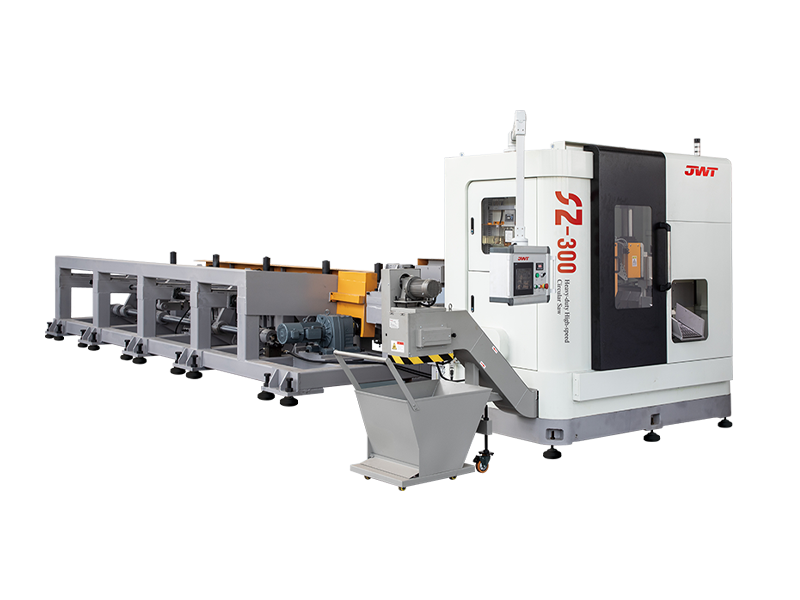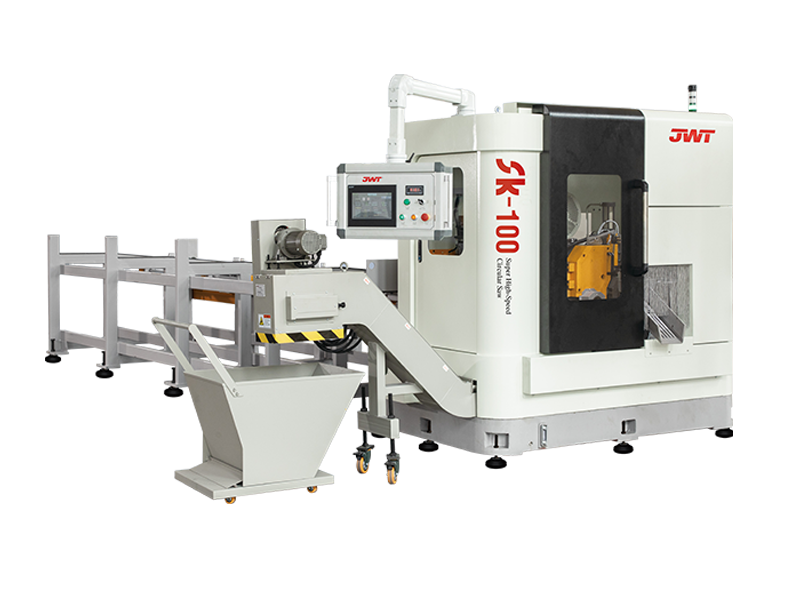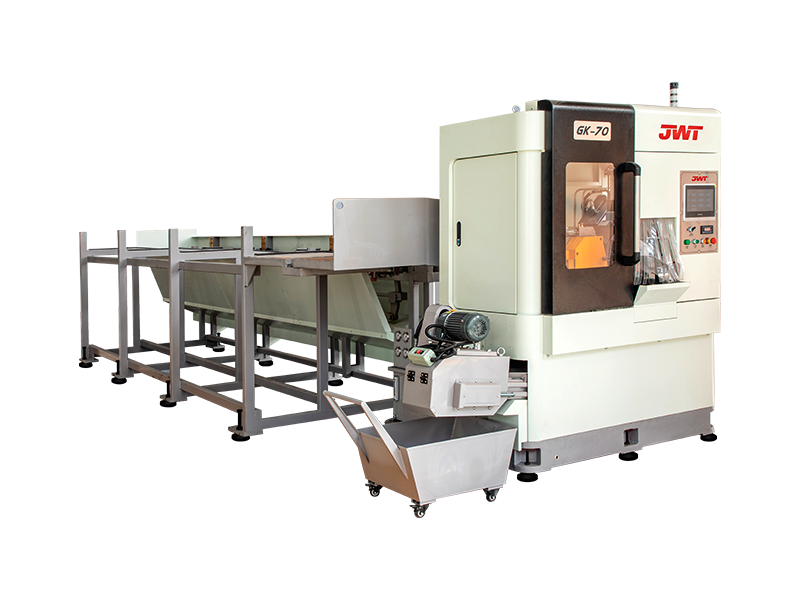What size circular saw do I need?
Choosing the right circular saw can feel overwhelming, especially with so many options available. The most critical decision you'll make is selecting the right circular saw blade size. This single choice will determine the types of projects you can tackle, from cutting thin plywood to slicing through thick lumber. Here’s a comprehensive guide to help you decide what size circular saw you need.
The Standard Sizes and Their Uses
The size of a circular saw is defined by the diameter of its blade. The most common sizes you'll encounter are 6-1/2 inches, 7-1/4 inches, and occasionally larger ones for specific tasks.
6-1/2-Inch Circular Saw
Often found in compact or cordless models, the 6-1/2-inch circular saw is a favorite among DIYers and professionals who need portability and less bulk.
-
Pros: It’s lighter, easier to maneuver, and ideal for quick, one-handed cuts. The smaller blade requires less power, which is perfect for cordless models, offering longer battery life.
-
Cons: It has a limited cutting depth. It can typically cut through 2x material at a 90-degree angle but may struggle with thicker stock or when making bevel cuts.
-
Best For: Everyday tasks like cutting plywood, siding, and deck boards. It's an excellent choice for general home repairs and projects where maneuverability is key.
7-1/4-Inch Circular Saw
This is the industry standard and the most popular size for both corded and cordless models. If you only buy one circular saw, this is likely the one you want.
-
Pros: It offers a great balance of power, depth of cut, and versatility. It can easily slice through all standard dimensional lumber, including 2x4s and 4x4s, at both 90-degree and 45-degree bevel angles. The wider range of available blades makes it suitable for various materials.
-
Cons: It's heavier and larger than its 6-1/2-inch counterpart, which can make it more difficult to use in tight spaces or for overhead work.
-
Best For: A wide variety of projects, from framing and rough carpentry to cutting sheet goods and breaking down lumber. It's the go-to tool for general construction and woodworking.
Understanding the Key Factors
To determine the ideal circular saw size for your needs, consider these three factors:
1. Cutting Depth
The single most important specification is the saw's cutting depth. A circular saw's ability to cut through a piece of material is directly tied to its blade size.
-
A 6-1/2-inch blade typically has a maximum cutting depth of about 2-1/8 inches at 90 degrees.
-
A 7-1/4-inch blade can cut about 2-1/2 inches deep at 90 degrees.
This extra half-inch of depth with the larger blade is crucial, allowing you to cut through thicker materials like landscape timbers or multiple pieces of stacked plywood.
2. Power Source: Corded vs. Cordless
Your power source can also influence your choice.
-
Cordless Circular Saws are almost always a better choice for portability and convenience. Most use a 6-1/2-inch or 7-1/4-inch blade and are ideal for quick jobs around the house or on a job site without the hassle of a cord.
-
Corded Circular Saws are built for raw power and continuous use. These are typically the 7-1/4-inch standard and are the right choice for framing, heavy-duty projects, or when you need consistent, high-torque performance without worrying about battery life.
3. Blade Arbor Size
While the blade diameter gets all the attention, also pay attention to the arbor size, which is the hole in the center of the blade. Most modern circular saw blades use a 5/8-inch arbor, but some older or specialty models might have a different size. Always ensure the blade's arbor matches your saw's.
Making the Right Choice
-
For the DIYer or Homeowner: If you’re primarily tackling small-to-medium projects like cutting trim, shelving, or 2x4s for a simple bench, a 6-1/2-inch circular saw is a fantastic and highly maneuverable option.
-
For the Professional or Serious Woodworker: If you need a versatile tool for framing, deck building, or cutting a wide variety of materials, the 7-1/4-inch circular saw is the clear winner. Its extra power and cutting depth make it an indispensable workhorse.
Ultimately, the best circular saw size for you depends on your projects. For most people, the 7-1/4-inch model is the most versatile and can handle nearly any task, making it a great first choice.



 中文简体
中文简体 русский
русский







